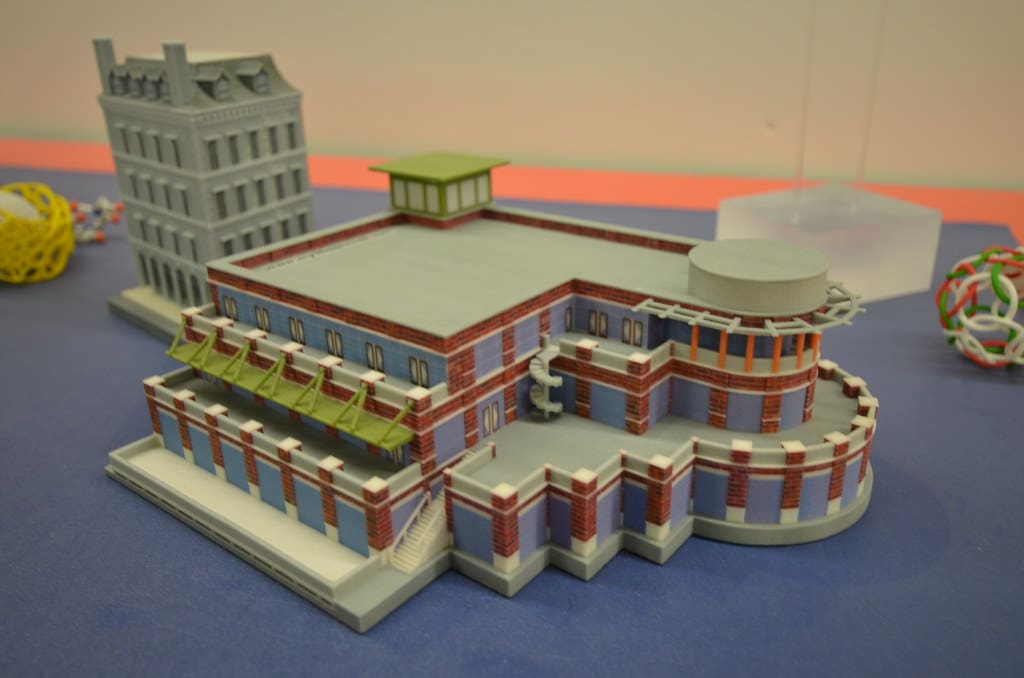3D printing, also known as additive manufacturing, has begun to significantly alter the landscape of architecture. This technology enables architects and designers to push the boundaries of form, structure, and complexity while also promoting sustainability through material efficiency and waste reduction. As 3D printing technology continues to evolve, it offers new possibilities for creating intricate, customized architectural elements and even entire buildings with enhanced speed and reduced costs.
The Emergence of 3D Printing in Architecture
Initially used for producing small-scale models and prototypes, 3D printing has expanded its applications to include the construction of structural components and entire buildings. Innovations in large-scale 3D printers have enabled the use of a variety of materials, including concrete, polymers, and composites, directly in construction processes. This shift not only facilitates unique architectural designs but also significantly impacts the construction industry’s approach to building, offering a greener, more efficient alternative to traditional construction methods.

Advantages of 3D Printing in Architecture
Design Freedom: 3D printing allows architects to experiment with complex designs and geometries that would be difficult or impossible to achieve with traditional construction methods. This includes intricate patterns, custom textured walls, and structures that integrate internal support features without additional assembly.
Cost Efficiency and Speed: By reducing the need for manual labor and diminishing material waste, 3D printing can lower the cost and speed up the construction process. Structures can be printed and assembled within a fraction of the time required for traditional building techniques.
Sustainability: 3D printing promotes sustainability by minimizing waste during the construction process and allowing for the use of recycled materials. Additionally, it enables the precise placement of materials only where structurally necessary, reducing excess and optimizing the use of resources.
Customization: Additive manufacturing supports the customization of buildings to specific needs without significant cost increases. This aspect is particularly beneficial for adapting designs to fit unique site constraints or for personalizing residential and commercial spaces.
Key Applications of 3D Printing in Architecture
Residential and Commercial Buildings: From single-family homes to office buildings, 3D printing is being used to construct a variety of structures. These buildings often feature unique architectural forms and are tailored to specific environmental and climatic conditions.
Cultural and Public Structures: 3D printing allows for the creation of sculptural forms and complex facades that are increasingly seen in museums, pavilions, and other public spaces. These structures often serve as showcases for the innovative potential of 3D printing in architecture.
Restoration and Reconstruction: In the field of architectural conservation, 3D printing offers tools for the precise replication of historical artifacts and architectural elements. This technology is particularly useful in the restoration of buildings damaged by time or natural disasters.
Infrastructure and Urban Planning: Larger-scale 3D printing applications include infrastructure projects like bridges and public installations, which benefit from the technology’s ability to produce durable, complex structures quickly and efficiently.

Challenges in 3D Printing for Architecture
Material Durability: Ensuring that 3D printed materials meet long-term durability and stability standards comparable to traditional construction materials is a primary challenge. Research continues into optimizing the mixtures and properties of printable concrete and composites.
Regulatory Approval: Navigating the building codes and regulations that govern construction is a significant hurdle for 3D printed architecture. Many regions lack specific guidelines for the use of 3D printing, complicating the approval process for new buildings.
Scale Limitations: While 3D printing technology is evolving rapidly, scaling up to larger structures while maintaining precision and structural integrity remains a technical challenge.
Technical Expertise: Integrating 3D printing into traditional architectural and construction practices requires specialized knowledge and training, both in handling the machinery and in designing for additive manufacturing.
Future Directions in 3D Printing for Architecture
The future of 3D printing in architecture looks promising, with ongoing advancements in printer technologies, materials, and design software. Future developments may include enhanced multi-material printing capabilities, increased automation, and more sophisticated structural analysis tools that integrate seamlessly with 3D printing processes.
3D printing is poised to continue its transformative impact on the field of architecture, offering new possibilities for building design and construction. As the technology progresses, it promises to further revolutionize architectural practices, making construction faster, less costly, and more sustainable. With continued innovation and adaptation, 3D printing will increasingly become an integral part of modern architecture, reshaping how structures are conceived, designed, and built.








